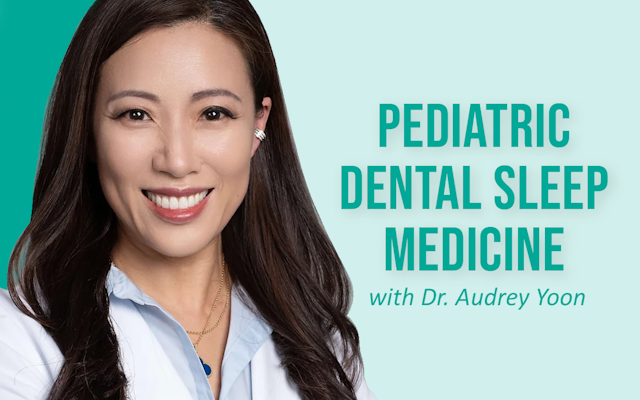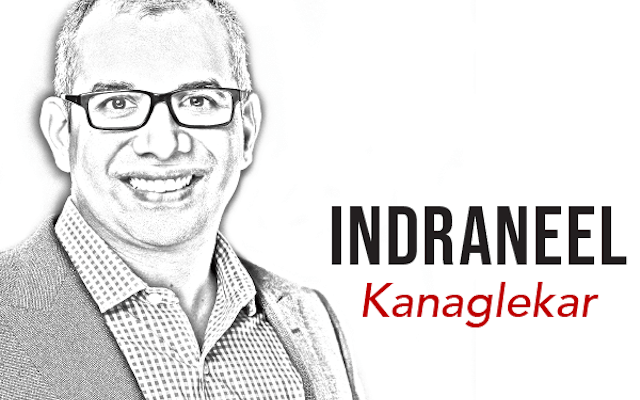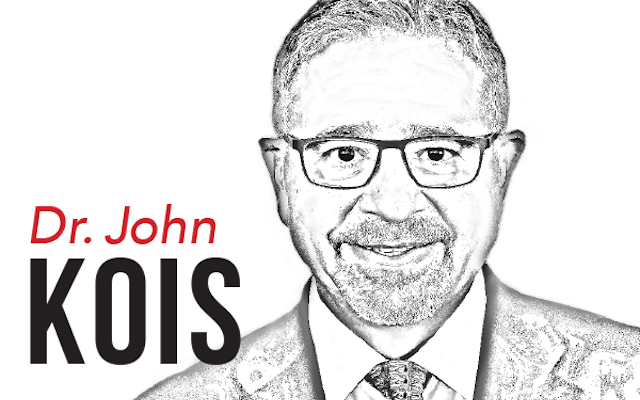Jeff Johnson, a senior analyst covering medical technology stocks at R W. Baird, didn’t start off his career in dentistry, or even the financial world. He worked as an optometrist in the late 1990s, serving as the associate director of Refractive Surgery Services at the Massachusetts Eye and Ear Infirmary and spending time teaching classes at both Harvard Medical School and the New England College of Optometry.
So how did an optometrist end up analyzing medical technology stocks for a living? When his plans to open a practice focused on laser eye surgery fell through, Johnson shifted gears and decided to go back to school to earn his MBA. He completed his studies at Northwestern University and then landed a job at R W. Baird in Milwaukee—which is where he’s covered the dental industry (and others) for the last 16 years.
Henry Schein, Patterson Dental, Align Technology and Dentsply are among the dental companies he’s watched since joining Baird. During his time there, Johnson has seen a lot of changes in the dental industry and has enjoyed getting to know the folks behind the products and technologies that make it run.
How the industry has evolved
When Johnson first started at Baird in 2003, the dental industry was on an upswing, with the sector growing at 5 to 7 percent every year from a revenue perspective, Johnson said. Dentists were setting their own prices and were willing to pay for premium technologies. That all began to change in the late 2000s when The Great Recession hit, managed care came in to play and dental service organizations (DSOs) started to grow.
“Dentistry has become a tougher business over the last decade,” Johnson said. “Growth rates in practices slowed and that filtered down to the manufacturer and distributor level. We’ve seen growth rates for some of the companies we cover go from 5 to 7 percent to 2 to 3 percent over the last five years.”
Johnson expects the industry to stay a low growth environment, but did say dentists are starting to see more financial success than when the industry first began to change. Their practices may not be as profitable as “the good old days,” but most dentists are doing fine and will continue to do so as long as the economy holds.
“The industry will chug along at a slow growth rate,” he said. “Adoption of digital technology will help practices become more efficient, whether they’re investing in digital impressions, digital x-rays or advanced procedures. I feel like there’s still a lot of technology to be had, companies are just trying to find the price point that works for today’s market versus 10, 15 years ago when dentists were more willing to pay for premium technologies.”
Digital impression systems will make the biggest difference
As the industry continues to change, digital impressions systems and the companies behind them will become bigger players. Digital impression systems are today what digital x-ray systems were about 15 years ago, he said. Back then, it made sense to invest in digital x-rays to eliminate dark rooms, improve patient communication and simply offer better care, yet adoption rates were low. It took 10 to 15 years for penetration rates to go up, and that’s the same trajectory he’s seeing with digital impression systems.
“We’re right on the cusp with digital impression systems, which is the one technology that’s going to penetrate the industry pretty significantly over the next decade,” Johnson said. “Why have patients bite down on goopy impression material, only to have to ask them to come back in to retake the impression because you didn’t get a good margin for the lab? Why not use a digital chairside scanner and get a scan you can send to the lab or to a chairside milling unit that enables you to mill the crown in-office? It all makes intuitive sense, but there’s only about a 20 percent penetration rate right now. Over the next 10 plus years that will grow to 60, 70, 80 percent.”
3D printing is another interesting dental technology, but one that is still very much in its infancy with 2 percent penetration, Johnson said. He sees it becoming more mainstream eventually, but not until they offer a better ROI and more capabilities, which is still several years away.
A different kind of industry
Over the years, Johnson has had the chance to really get to know some of the main industry players, and said there’s just a different vibe in the dental space than the other areas he covers. The people are loyal and really want to move the industry forward, helping to make it a fun, interesting space to be in.
“The people are the best part of covering this industry,” Johnson said. “I’ve formed relationships with a lot of senior managers, sales reps and product line managers from a lot of companies. It’s a very small space compared to the larger medical device areas where people move around a lot. And it’s not as cutthroat. The CEOs at the companies I cover seem to be real down to earth, good people.”
 By: The New Dentist
By: The New Dentist



